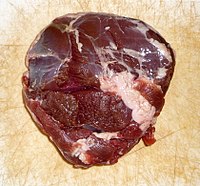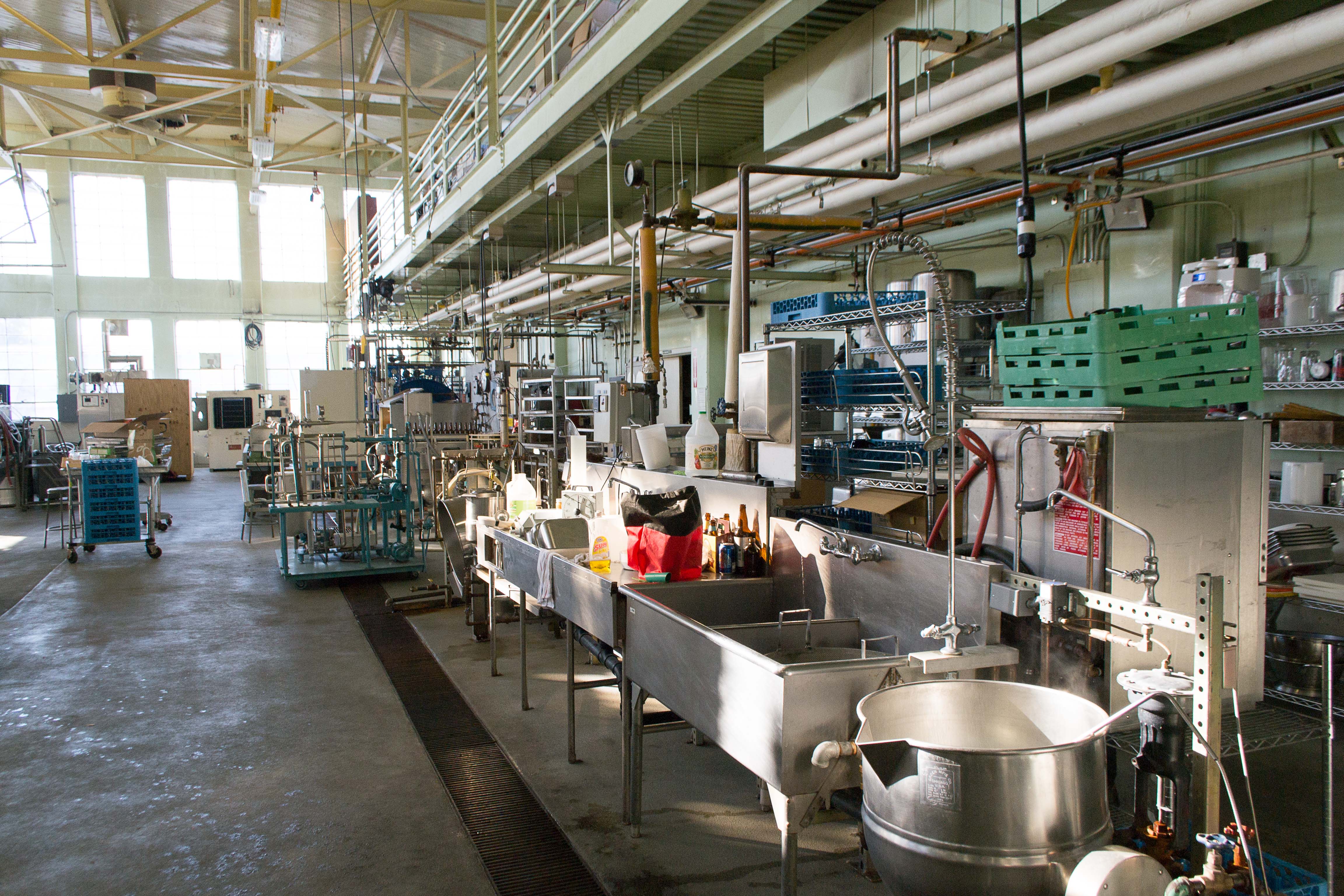
Wild food plants traditionally gathered in central Armenia: archaic ingredients or future sustainable foods?
Sign Up to like & getrecommendations! Published in 2020 at "Environment, Development and Sustainability"
DOI: 10.1007/s10668-020-00678-1
Abstract: Current debate highlights that sustainable food systems can be fostered by the cautious and germane use of natural resources. Gathering, cooking, and consuming wild food plants that are widely available in a given environment are… read more here.
Keywords: food plants; plants traditionally; central armenia; wild food ... See more keywords

Urban nature at the fingertips: Investigating wild food foraging to enable nature interactions of urban dwellers
Sign Up to like & getrecommendations! Published in 2021 at "Ambio"
DOI: 10.1007/s13280-021-01648-1
Abstract: Meaningful human–nature interactions can counteract the extinction of experience and positively influence people’s nature relatedness, health and wellbeing. In this study, we explored urban wild food foraging to understand how best to enable human-nature interactions… read more here.
Keywords: nature relatedness; food foraging; nature; wild food ... See more keywords

Trends in wild food plants uses in Gorbeialdea (Basque Country)
Sign Up to like & getrecommendations! Published in 2017 at "Appetite"
DOI: 10.1016/j.appet.2017.01.010
Abstract: Despite wild food plants' potential nutritional and economic value, their knowledge and consumption is quickly decreasing throughout the world. We examine how the consideration that a wild plant use is within the cultural tradition of… read more here.
Keywords: food plants; basque country; wild food; trends wild ... See more keywords

Predicting the Food-Energy Nexus of Wild Food Systems: Informing Energy Transitions for Isolated Indigenous Communities
Sign Up to like & getrecommendations! Published in 2020 at "Ecological Economics"
DOI: 10.1016/j.ecolecon.2020.106712
Abstract: Abstract Many isolated and indigenous Arctic and Subarctic communities are mixed-subsistence-cash economies. In the 20th century, the integration of motorized transport expanded access to harvestable resources but created energy dependence intricately linking food with energy… read more here.
Keywords: isolated indigenous; food energy; energy nexus; energy ... See more keywords

The Renaissance of Wild Food Plants: Insights from Tuscany (Italy)
Sign Up to like & getrecommendations! Published in 2022 at "Foods"
DOI: 10.3390/foods11030300
Abstract: This paper provides an overview of wild food plants traditionally used in the gastronomy of Tuscany, an Italian region with high biological diversity and whose cultural heritage is well known. Forty-nine bibliographic sources, including five… read more here.
Keywords: insights tuscany; food; plants insights; renaissance wild ... See more keywords

Shared but Threatened: The Heritage of Wild Food Plant Gathering among Different Linguistic and Religious Groups in the Ishkoman and Yasin Valleys, North Pakistan
Sign Up to like & getrecommendations! Published in 2020 at "Foods"
DOI: 10.3390/foods9050601
Abstract: A wild food ethnobotanical field study was conducted in the Ishkoman and Yasin valleys, located in the Hindukush Mountain Range of Gilgit-Baltistan, northern Pakistan. These valleys are inhabited by diverse, often marginalized, linguistic and religious… read more here.
Keywords: linguistic religious; religious groups; wild food; yasin valleys ... See more keywords

Wild Food Plants and Trends in Their Use: From Knowledge and Perceptions to Drivers of Change in West Sumatra, Indonesia
Sign Up to like & getrecommendations! Published in 2020 at "Foods"
DOI: 10.3390/foods9091240
Abstract: Wild food plants (WFPs) are often highly nutritious but under-consumed at the same time. This study aimed to document the diversity of WFPs, and assess perceptions, attitudes, and drivers of change in their consumption among… read more here.
Keywords: food plants; wfps; drivers change; wild food ... See more keywords

Wild Food Plant Gathering among Kalasha, Yidgha, Nuristani and Khowar Speakers in Chitral, NW Pakistan
Sign Up to like & getrecommendations! Published in 2020 at "Sustainability"
DOI: 10.3390/su12219176
Abstract: The documentation of local food resources among linguistic/cultural minorities is essential for fostering measures aimed at sustaining food biocultural heritage. Moreover, interdisciplinary studies on food cultural heritage represent a vital aspect of promoting environmental and… read more here.
Keywords: chitral pakistan; kalasha yidgha; food plant; wild food ... See more keywords